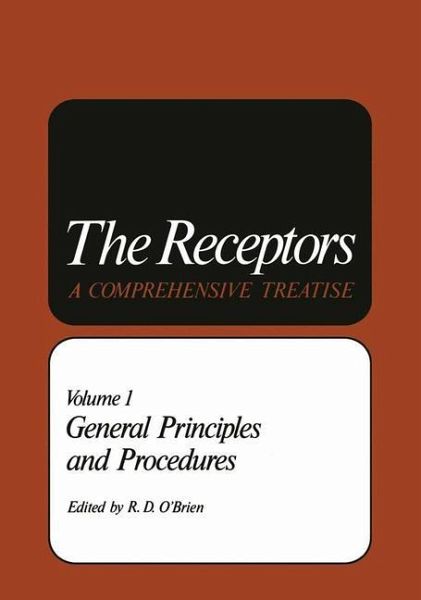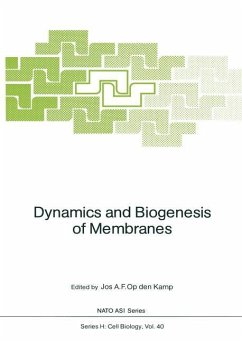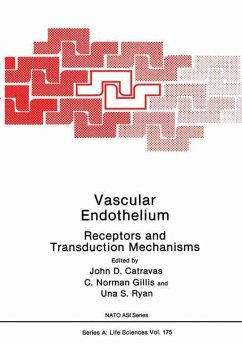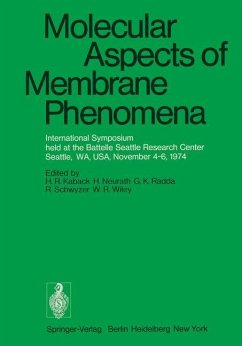
General Principles and Procedures

PAYBACK Punkte
20 °P sammeln!
The following remarks are intended to serve as an introduction to this particular volume as well as to the whole series of volumes of which this is the first. The intent of the series is to provide an authentic and relatively complete statement about the status of our understanding of the receptors. The models we had in mind while developing this series are The Enzymes, The Proteins, and comparable groups of books. The receptors have received a degree of importance and richness of understanding that makes them deserving of comprehensive and complete coverage. The study of these molecules, whic...
The following remarks are intended to serve as an introduction to this particular volume as well as to the whole series of volumes of which this is the first. The intent of the series is to provide an authentic and relatively complete statement about the status of our understanding of the receptors. The models we had in mind while developing this series are The Enzymes, The Proteins, and comparable groups of books. The receptors have received a degree of importance and richness of understanding that makes them deserving of comprehensive and complete coverage. The study of these molecules, which may well include such diverse items as the receptors for hormones, neurohumors, pheromones, taste, and many other chemical signals, have a great deal in common, so that the student of any one of them will wish to know the status of research about the others. This com monality is in part substantive, and in part practical and procedural. Substantively, the receptors are all macromolecules whose function is to re ceive some form of chemical signal and transduce it to a form which is usable by the receiving cell. In this way, a chemical signal may lead to a neural response, to the turning-on of a cell's chromosomes, or to the activation of some enzymic apparatus to produce or release a substance. Because most of these processes are noncatalytic, special techniques not previously commonplace in biochemistry have been developed in order to study the receptors.














